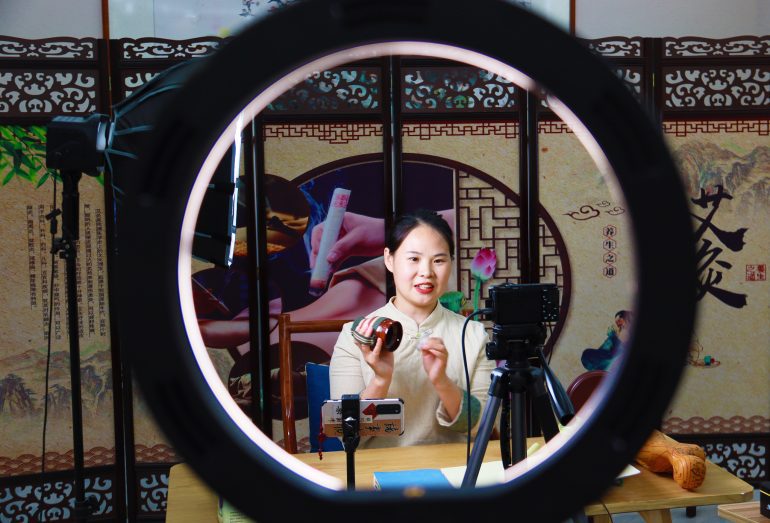- China introduces 19 new professions, including roles like network anchor and generative AI specialist.
- Existing jobs like mobile OS application designer also gain official recognition.
- Surge in technological innovation fuels demand for high-tech careers like AI and smart manufacturing.
- Virtual architect emerges as a novel profession, crafting immersive experiences for gamers and virtual reality users.
- Government initiatives aim to support employment growth, with a focus on key sectors like digital transformation and environmental sustainability.
Main AI News:
In the heart of China’s burgeoning technological landscape, a wave of novel professions is emerging, driven by the fervor for artificial intelligence (AI). As digital evolution accelerates, a fresh array of career paths has materialized, reshaping the employment horizon.
The Ministry of Human Resources and Social Security (MHRSS) announced the addition of nineteen new professions to China’s roster of recognized occupations. Among these, roles such as network anchor, generative AI system application specialist, and intelligent manufacturing system operations and maintenance administrator stand prominent, reflecting the nation’s commitment to innovation.
Simultaneously, twenty-nine existing job categories, including mobile operating system application designer, received official recognition, entitling professionals in these domains to pertinent national policy benefits.
China’s stride in technological innovation and industrial transformation is driving an upsurge in job opportunities, attracting a growing cohort of youth towards high-tech sectors like AI, big data, and smart manufacturing. Recent data indicates a surge in graduates pursuing careers in emerging high-tech fields, with intelligent manufacturing and AI-generated content at the forefront.
“The digital industry resonates with the aspirations of young talents, offering a plethora of vacancies aligned with their career aspirations,” noted Chen Yun, director of the employment and entrepreneurial research office at the Chinese Academy of Labor and Social Security.
Among the vanguard of these nascent professions is the virtual architect—a role intertwining AI algorithms with virtual world construction. Often associated with the gaming industry, virtual architects craft immersive experiences for gamers and virtual reality enthusiasts alike, heralding a new frontier in entertainment.
Embracing this trend is Wang, a fledgling in the virtual architecture domain, buoyed by the boundless potential of his profession. “This technology is transformative, enabling me to encapsulate entire worlds,” he remarked optimistically.
Beyond gaming, virtual architects cater to diverse needs, crafting online environments for events ranging from virtual press conferences to interactive exhibitions. Wang envisions a future where more individuals join him in translating virtual imaginings into tangible realities.
This surge in digital-centric vocations underscores China’s commitment to enhancing traditional industries while nurturing nascent sectors like quantum technology and life sciences. “Industrial revitalization is reshaping corporate talent dynamics, with college graduates well-poised to adapt,” observed Li Qiang, executive vice president of Zhaopin.com, a leading HR platform.
As China braces for an influx of over 11.7 million college graduates in 2024, government initiatives aim to fortify employment prospects. Minister Wang Xiaoping emphasized bolstered support for key sectors, emphasizing digital transformation, elderly care, and environmental sustainability.
Amidst this landscape of opportunity, China’s investment in vocational training and employment subsidies underscores its dedication to cultivating a skilled workforce poised to thrive in the digital age. With a steadfast commitment to innovation and inclusivity, China paves the way for a dynamic future of work, teeming with possibilities for the next generation of professionals.
Conclusion:
The unveiling of China’s AI-driven professions signals a significant shift in the workforce landscape, highlighting the nation’s commitment to technological innovation. As high-tech sectors continue to thrive, opportunities abound for skilled professionals, especially in emerging fields like virtual architecture. Government support for key sectors and vocational training underscores China’s proactive stance in fostering a dynamic and resilient job market poised for future growth.

